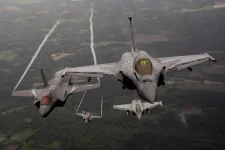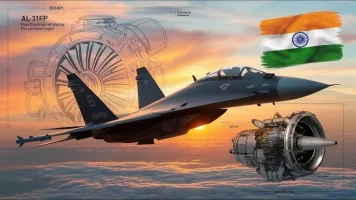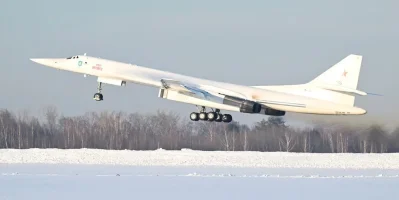- Views: 2K
- Replies: 15
India has increased pressure on Russia, urging Moscow to provide a firm and achievable delivery timeline for the final two squadrons of the S-400 Triumf air defence system.
The original $5.43 billion deal, signed in 2018, has been hit by significant delays, prompting India's Ministry of Defence to warn that a potential $1.1 billion follow-on deal for additional units now hangs in the balance.
Sources within the defence establishment report that the ongoing delays, largely attributed to Russia's military commitments in Ukraine and subsequent sanctions, are creating critical vulnerabilities in India's national air defence network.
The S-400 Triumf (known by NATO as the SA-21 Growler) is a mobile, surface-to-air missile (SAM) system considered one of the most advanced in the world. It is capable of engaging a wide variety of aerial targets, including aircraft, cruise missiles, and drones, at ranges up to 400 kilometres.
Of the five S-400 regiments included in the 2018 contract, three have been delivered and are now operational at key strategic locations.
However, the delivery schedules for the fourth and fifth regiments have slipped significantly. Originally expected to be inducted by 2024, these final two units are now projected to arrive as late as 2026 and 2027, respectively.
This delay is a source of growing concern for the Indian Air Force (IAF), which is tasked with managing a "two-front" threat scenario involving both China and Pakistan.
An IAF official, speaking on condition of anonymity, highlighted the urgency, noting that these gaps leave India vulnerable, particularly along the northern and western borders where threats from advanced aircraft like China's J-20 stealth fighter have been observed.
During Defence Minister Rajnath Singh's recent visit to Moscow, Indian negotiators reportedly pressed Rosoboronexport, Russia's state-run arms exporter, for clarity on its production and delivery capabilities.
India has expressed interest in procuring two to three additional S-400 regiments, in a potential deal valued at over $1.1 billion. However, officials have made it clear that this new acquisition is entirely contingent on Moscow's ability to fulfill its existing contract without further setbacks.
Should Russia fail to provide a reliable timeline, the Ministry of Defence is reportedly reassessing its procurement strategy.
Alternatives include scaling back the potential follow-on order or diverting funds to accelerate the acquisition of other systems. These include the jointly developed Indo-Israeli Barak-8 medium-range SAM and the indigenously-produced Akash-NG (New Generation) system.
Russia’s defence industry, including the S-400 manufacturer Almaz-Antey, is facing immense strain from the war in Ukraine, which has diverted components and expertise.
Compounding these production bottlenecks are the logistical and financial hurdles created by international sanctions, including the US-led Countering America's Adversaries Through Sanctions Act (CAATSA).
While Defence Minister Singh recently reaffirmed that acquiring more S-400s remains a "priority," he also stressed India's deepening commitment to self-reliance.
This strategic pivot is most evident in India's own "Project Kusha," an ambitious program by the Defence Research and Development Organisation (DRDO) to build an indigenous long-range air defence system. This domestic alternative, intended to rival the S-400's capabilities, is expected to be ready for deployment by 2028-2030.




